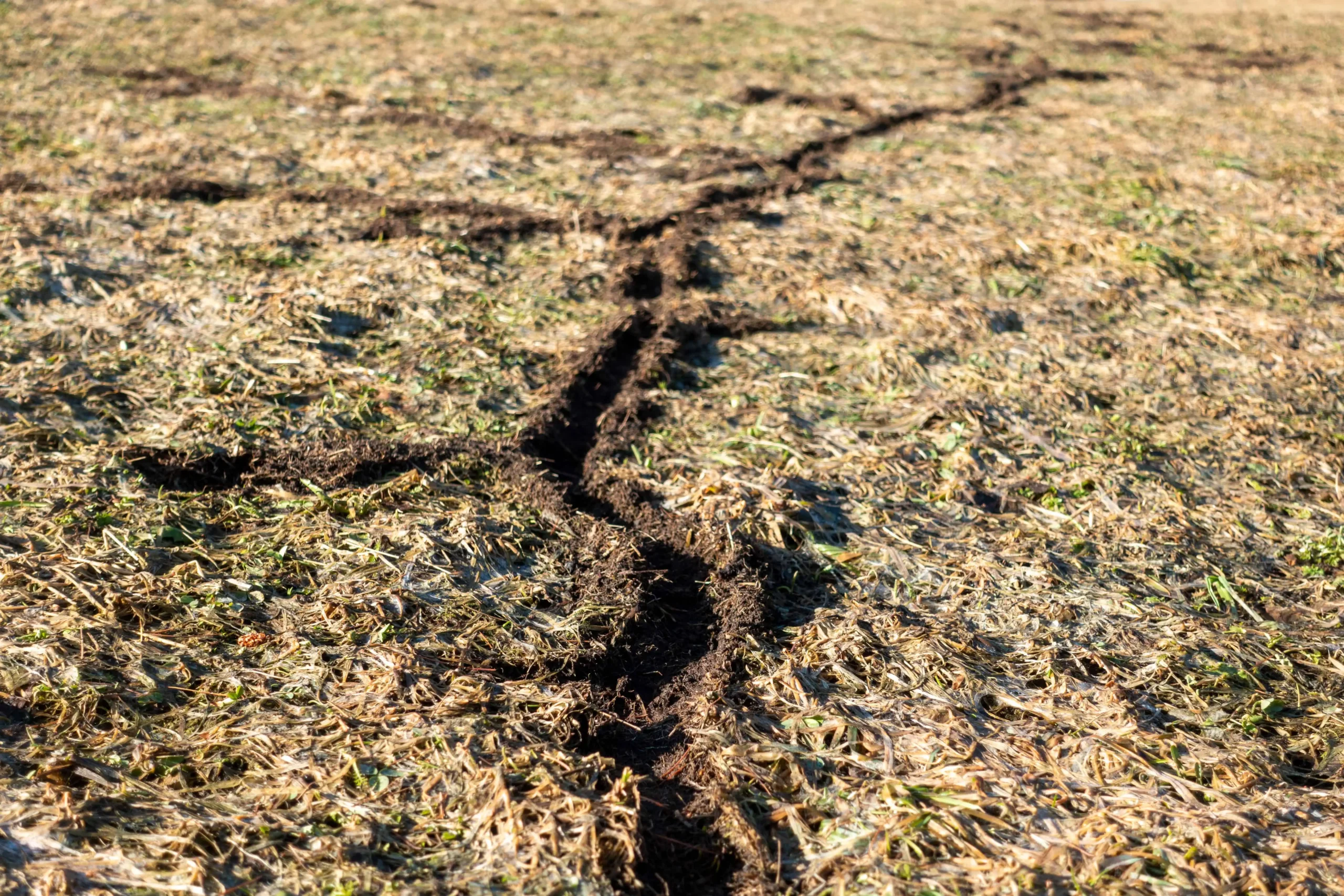Comprehensive Guide to Reliable Vole Insect Control: Infestation Recognition and Treatment Approaches
In the realm of effective insect control, vole problems posture a special obstacle that requires a tactical strategy. These small rodents, often incorrect for mice, can inflict chaos on gardens, yards, and plants if left uncontrolled. Recognizing the signs of vole presence and implementing targeted treatment approaches are important elements of a successful insect management strategy. By exploring the nuances of vole actions, recognizing crucial signs of invasion, and examining a series of control alternatives, one can create a detailed strategy to combat these evasive insects.
Recognizing Vole Actions
Vole behavior is defined by their burrowing behaviors and fast recreation prices, making them a challenging parasite to control properly. These little rodents generally develop intricate passage systems underground, using them for sanctuary, food storage space, and transport. Voles are herbivores, eating a range of plants, roots, lawns, and light bulbs, which can create considerable damages to yards, orchards, and grass. Their quick reproductive rate additional makes complex control initiatives, with women with the ability of producing several litters in a solitary year, each containing several children.
Recognizing vole actions is essential for efficient pest control approaches. By identifying their burrow locations, monitoring feeding locations, and implementing targeted control methods, such as capturing or habitat adjustment, vole problems can be taken care of efficiently.
Indications of Vole Problem

Prevention Techniques
Implementing reliable avoidance approaches is important in minimizing vole invasions and safeguarding plant life from their destructive feeding routines (vole pest control). To protect against vole infestations, it is vital to begin by getting rid of possible food sources and sanctuary. Maintain grass and plant life trimmed short, remove weeds and particles, and maintain a neat yard or lawn to make the location less appealing to voles. Mounting obstacles such as hardware cloth or below ground fencing can likewise assist deter voles from that site getting in certain locations. Furthermore, reducing excess moisture by taking care of dripping pipelines and making certain proper drain can make the environment less friendly for voles.
Consistently evaluating the home for indicators of vole task, such as paths and burrow openings, is vital for very early detection and timely action. If vole task is believed, consider using catches or repellents strategically placed near their pathways.
Non-Lethal Control Methods
To properly handle vole populaces while focusing on humane methods, non-lethal control strategies use useful solutions for decreasing vole damage in gardens and landscapes. One efficient approach is the use of physical barriers such as equipment towel or cable mesh to shield vulnerable plants. These barriers can be buried at the very least 12 inches curved and deep at a 90-degree angle to stop voles from delving below. Furthermore, habitat modification can prevent voles by minimizing their liked food resources and hiding places. Maintaining a well-mowed lawn, removing particles, and maintaining plant life trimmed can make the atmosphere much less attractive to voles.

Lethal Control Options
One effective approach for resolving vole infestations in gardens and landscapes involves the calculated use of deadly control alternatives. When faced with a severe vole infestation that non-lethal methods have actually failed to include, implementing lethal control procedures becomes crucial. In general, when using deadly control alternatives, it is crucial to do so responsibly and in accordance with regional laws to properly take care of vole problems.
Verdict
To conclude, efficient vole insect control needs an extensive understanding of vole behavior, recognition of indicators of invasion, application of avoidance methods, and application of both lethal and non-lethal control methods. By combining these methods, individuals can effectively handle vole populaces and secure their residential property from damage. It is very important to address vole invasions promptly to avoid more issues and decrease the influence on the surrounding atmosphere.
Given the elaborate tunnel systems and rapid recreation rates characteristic of voles, recognizing the indications of vole invasion ends up being necessary in effective bug control. One of the key signs of vole existence is the presence of surface area runways or tracks in turf or snow, generally about 1-2 inches large, produced as voles travel between their burrows and food sources.To efficiently manage vole populaces while prioritizing gentle approaches, non-lethal control methods provide functional options for decreasing vole damage in yards and landscapes.One effective method for dealing with vole infestations in landscapes and gardens entails the strategic use of lethal control choices. vole control.In final thought, reliable vole parasite control calls for a thorough understanding of vole actions, identification of indicators of invasion, application of avoidance this link techniques, and use of both non-lethal and lethal control methods
Comments on “Taking Care Of Vole Damage: Effective Control Methods”